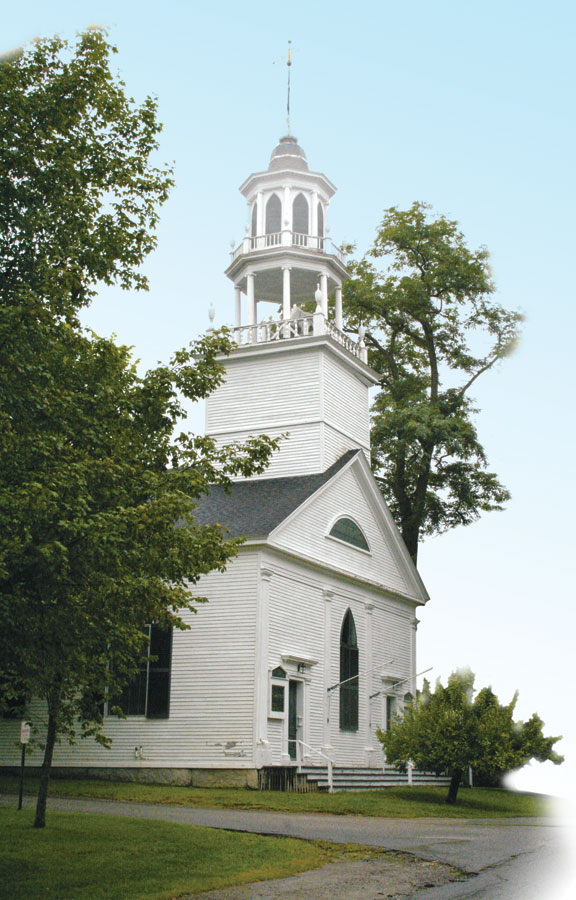When Fifth Avenue Presbyterian Church in New York City announced two openings on its pastoral staff a few years ago, 400 resumes poured in. Later, their search for a director of music attracted another 200 candidates. More recently, Fifth Avenue advertised for a church development pastor to start a sister congregation. A scant 35 applicants responded; of those, fewer than a third were Presbyterian.
As I try to make sense of this dip in numbers, I’m influenced by Erskine Clarke’s Dwelling Place, a historical study that depicts the pre-Civil War church in America as a powerful force driven by a sense of possibility. Many of the best seminary graduates of that day were chomping at their bits to plant congregations in the vast expanses of the country that had none. They were convinced that the good news of Jesus Christ changes lives, and they wanted to carry this good news to people who needed to hear it.
 This is not the story of a radical shift in seminary curricula. I’m not suggesting that seminary training in the 1850s was somehow superior to the training we offer in 2013 and thus prompted a surge of evangelism. If anything, the curriculum of the mid-19th century was far less “relevant” to the needs of young ministers starting congregations than it is today. Back then, new seminary graduates virtually invented their approaches to evangelism and church planting on the job.
This is not the story of a radical shift in seminary curricula. I’m not suggesting that seminary training in the 1850s was somehow superior to the training we offer in 2013 and thus prompted a surge of evangelism. If anything, the curriculum of the mid-19th century was far less “relevant” to the needs of young ministers starting congregations than it is today. Back then, new seminary graduates virtually invented their approaches to evangelism and church planting on the job.
The big shift from then to now is attitudinal, not curricular. The perception in earlier times was that the real “action” of the church was in forming new congregations where the gospel would be taught and lives would be transformed. The most exciting departments of the church back then were “Home Missions” and “Foreign Missions.” And though we can find fault with those men and women for the ways that imperialism,“manifest destiny,” and other societal sins hitched a ride on their zeal, they had a sense of mission that we lack today.
They were the generations that built our theological schools. Between 1794 and 1902, for example, they established 10 seminaries just in my denomination, in large measure to prepare pastors for congregations that didn’t yet exist. When they started their building program, only 4 million people lived in this country. When they completed the last of the schools, the population had exploded to almost 80 million. Today that number exceeds 300 million.
What I’m getting at is this: Our denomination didn’t create 10 seminaries to supply pastors for the Eisenhower church of the 1950s. The intent was to provide leadership for churches that did not yet exist in communities that had yet to appear on any map.
Someplace along the way we lost the vision. We began to think our mission was to enrich the lives of Christians already in the church, rather than reach out to nonbelievers. We began to think of seminaries as institutions that educate people to serve established congregations rather than to do the hard work of starting new ones. This is a shame. Unleashed in our lives, the gospel of Jesus Christ can transform us. Unleashed in society, the gospel has the power to liberate people far beyond our feeble efforts.
I’m advocating for an attitude adjustment. We need to recapture an excitement for what God can do in our lives and in our world. If we’re successful, this will result in churches having to wade through hundreds of applications whenever opportunities to start new congregations occur. But for that to happen, the expectations, hopes, and confidences of our current congregations must change. Only then can we nurture and inspire those who will attend our seminaries and carry out our renewed vision.
This article was adapted with permission from a post that originally appeared on his blog, “Thinking Out Loud.”